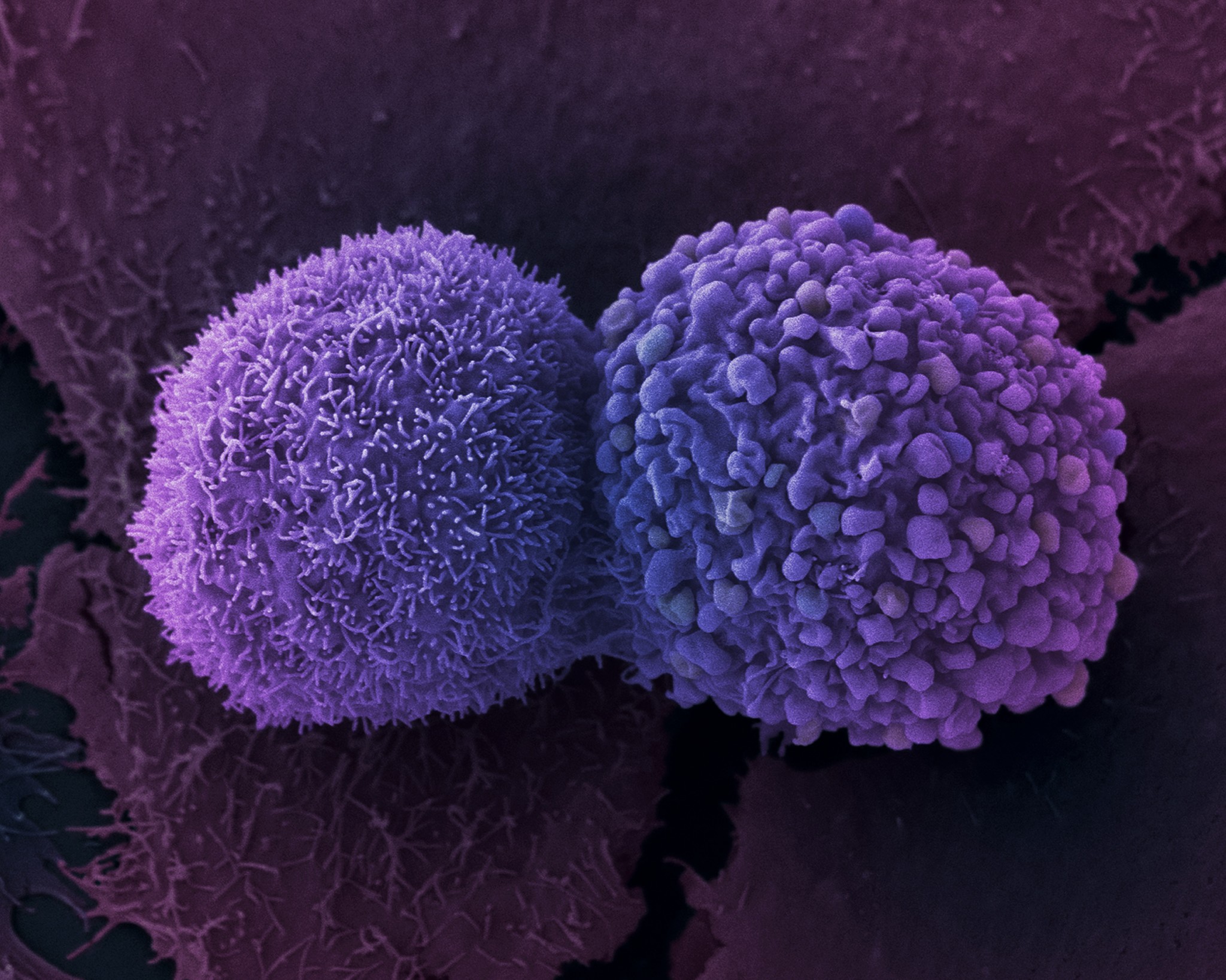A complete map, with the most important landmarks, the busiest routes and even the least known shortcuts. This cancer panorama is the one that has managed to draw an international consortium in which more than a thousand scientists from four continents participated. After analyzing almost 2,700 samples of 38 types of cancer, this team has finally managed to 'photograph' most of the processes and biological changes that lead to cancer development. The new information, the researchers emphasize, opens the door to early detection and treatment optimization.
In total, scientists have handled more than 800 terabytes of data in the most complete genomic analysis conducted to date. The details are published in 23 articles published in different magazines, mainly from the 'Nature' group. "The new findings are key to the development of personalized medicine," says Ivo Gut, director of the National Center for Genomic Analysis, part of the Center for Genomic Regulation of Barcelona, which has contributed to the project the sequencing of 95 tumors of chronic lymphatic leukemia .
This large study, which has analyzed almost 3,000 tumors from all possible points of view in terms of genomics, continues the researcher, has brought to light new aspects of cancer behavior that, no doubt, will contribute to improve Your approach.
For example, researchers have been able to determine that in almost all of the analyzed cancers there was at least one mutation 'responsible' for triggering the malignancy process , with an average of almost five tumor 'promoters' in each cancer studied . Only 5% of the samples could not identify the genetic 'footprint' that lit the cancer wick.
In addition, among other aspects, they have shown that it is possible to identify mutations associated with the development of cancer years before the tumor of the face. And, very importantly, they have also shown that the erroneously called for years 'junk DNA' also plays a role in the activation of certain tumors.
In that sense, it is important the work done by Jose MC Tubío, director of the Genomes and Disease group of the Center for Research in Molecular Medicine and Chronic Diseases (CiMUS) of the University of Santiago de Compostela, who has participated in the project since its inception in 2013.
Through the analysis, this team has managed to discover a new mutation mechanism involved in the development of different tumors located in the so-called junk DNA.
According to Tubío through the telephone, the so-called retrotransposons or 'jumping genes' are found in the genetic material, which are capable of mobilizing in the tumor genome, moving from one place to another and promoting major genome restructuring.
Its most frequent action, says Tubío, is to cause the loss of genetic material in the area where they are integrated. "These losses, for example, can lead to the disappearance of key genes for the functioning of the cell or tumor suppressor genes, which facilitates the onset of cancer," says the researcher.
In addition, they can also cause other restructuring, such as chromosomal translocations. According to the study conducted by Galician researchers, this type of mutation occurs especially in four types of tumors: that of the esophagus, head and neck, lung and colorectal . "We know, for example, that some factors such as tobacco are capable of activating the mobilization of these 'jumping' genes," says Tubío.
The researchers, who have identified more than 100 cancer-related retrotransposons , have wanted to take another step in the investigation and are now trying to develop, on the one hand, diagnostic tests that allow identifying patients who have activated this type of mechanisms; and, on the other, treatments that can curb your activity.
"In the laboratory we are already carrying out small concept tests with different treatments," he says.
All the work framed in the international Pan-Cancer consortium, underlines the researcher, will allow progress in cancer prevention and treatment. "It is the first time that so many tumors are analyzed in such genomic detail and that will give results," he says.
Çoincides with his point of view Ivo Gut: "It is important to keep in mind that the complete genome of all these cancers has been analyzed, not only the exomes, as usual, and that has allowed us and will allow us to know many weaknesses in the genome. "
"Knowing these patterns, I hope that in the future we can make a detailed analysis of each patient and use all this big data to make decisions and optimize treatments," he concludes. "We have a lot of information and a very useful tool to continue working."
According to the criteria of The Trust Project
Know more- Science and Health
Health: Wuhan's deadly coronavirus, the strange pneumonia that has already left China
Graphic report Australia: zero zone of climate change
Health Sanidad confirms that the one admitted to Torrevieja does not suffer from coronavirus

